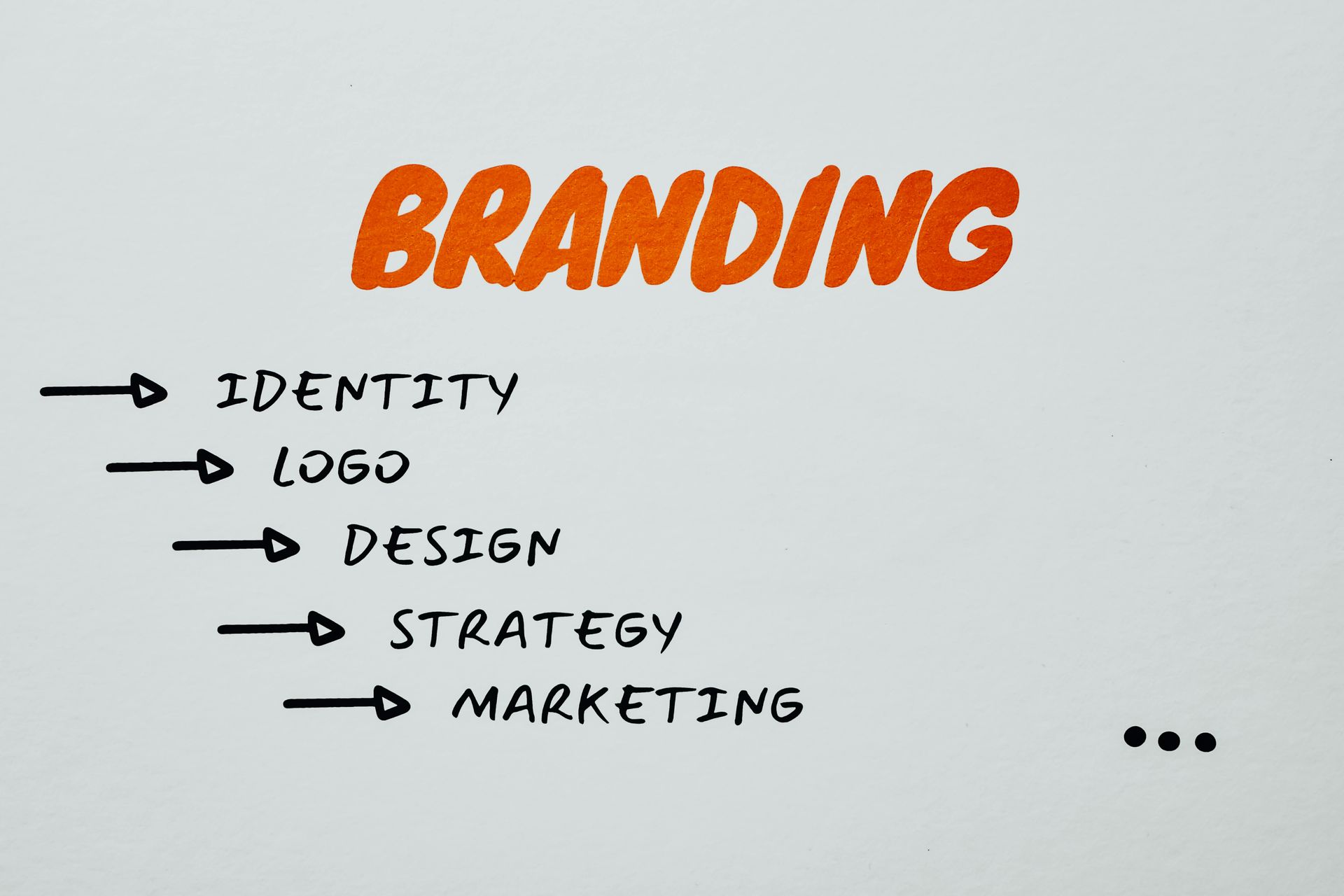Web Design Strategies to Increase Conversions and Drive Traffic
If you own a small business, your website is one of the most important assets for marketing and attracting customers. In today’s digital age, having an attractive and user-friendly website is more important than ever. However, more than simply having a website is required; you need to optimize your website to convert visitors into customers and drive traffic. Below are some key web design strategies for designing a website that will help increase conversions and drive traffic to your small business.
Make Your Website Mobile-Friendly
More and more people are accessing the internet through their mobile devices, and this trend will continue. With this in mind, you must optimize your website for mobile viewing. A mobile-friendly website provides a better user experience for your visitors and makes it easier for search engines like Google to index and rank your site.
To make your website mobile-friendly, ensure that it uses a responsive design, which adjusts the site’s layout based on the size of the screen it’s being viewed on. Some web design software allows you to view how the site will look on a desktop, a tablet, and a mobile phone before you publish the site and make necessary margin changes. You should also ensure that text and images are large enough to be easily viewed on a mobile device and that all buttons and links are easily accessible.
Use High-Quality Images and Videos
Visuals are a powerful way to grab visitors’ attention and keep them engaged on your site. High-quality images and videos can tell your brand story and show off your products or services. Ensure that your images and videos are high-quality and relevant to your brand. Only use stock photos or images that are relevant to your business, as these can come across as generic and unappealing. Instead, use real photos of your products, services, and team members to help build trust and credibility with your visitors.

Keep Your Website Simple and Clean
A cluttered and confusing website can quickly turn visitors away. To keep your website simple and clean, only include the essential information and elements. Use clear headings, concise text, and plenty of white space to make your site easy to navigate and read. Avoid using too many fonts, colors, or graphics, as this can make your site appear cluttered and overwhelming. If you have a brand guide or color palette for your businesses, choose two to three colors from the guide to showcase on the website.
Make Navigation Simple and Intuitive
Visitors should be able to find what they’re looking for on your site within seconds.Your site’s navigation menu should be clearly labeled, and all pages must be easily accessible. When users can navigate a website quickly and efficiently, they are more likely to buy a product or request a quote or service.
Consider using drop-down or mega menus to help visitors quickly find necessary information. Hover text changes the color or underlines the text as a user’s cursor lands over it when there is a link or subpage. Adding an accent color to hover text helps the user navigate the site. Consider including a search bar on your site, as this can make it easier for visitors to find a specific product or information.
Make Sure Your Site Loads Quickly
A slow-loading website can be a major turn-off for visitors. To make sure your site loads quickly, optimize images and videos for the web, reduce the number of plugins or elements on the page, and make sure that your hosting provider is reliable and fast. You can also use software tools like to test your site’s speed and get suggestions for improvement. Running security scans on your website frequently helps you track any changes you need to make to improve loading time.

Include Calls-to-Action
A call-to-action (CTA) is a button or link that encourages visitors to take a specific action, such as making a purchase or signing up for your email list. CTAs are a crucial element of any website, as they help to convert visitors into customers.
Make sure your CTAs are clear, prominent, and easy to find. Once the user clicks on the CTA and is redirected to a page where they can enter their information, you should ensure the form is secure to avoid unwanted scams or spam. In addition to CTA buttons, your business’s phone number should be click-to-call on mobile devices. When a customer clicks on your address, you can also have options to be redirected to Google Maps, your Google Business Profile, or copy the address elsewhere.
Work With Cole-Dalton Marketing Services
Web design takes time and practice to get it right. Get in touch with our team at Cole-Dalton Marketing Services to work with the experts who redesign websites to set up businesses for success. We have helped small to medium-sized businesses build and maintain their online presence and accomplish marketing goals. Contact us today to get started!
The post Web Design Strategies to Increase Conversions and Drive Traffic appeared first on Cole Dalton.









